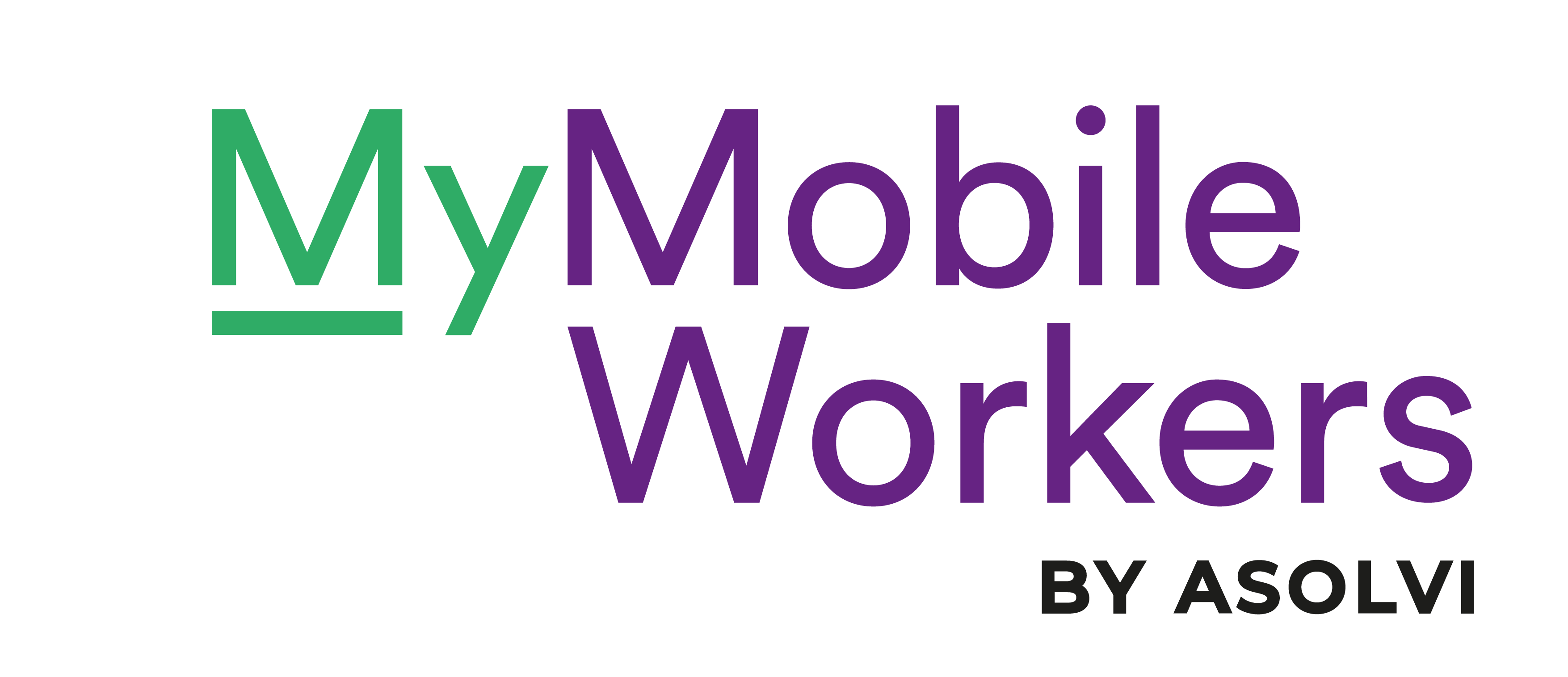
The need to take all ‘reasonably practicable’ steps to ensure safety is a core principle in British health and safety legislation.
It’s a phrase that can be found throughout the Health and Safety at Work Act and many of the supporting regulations. But what does it actually mean?
There’s an ongoing debate over how this term should be interpreted but it’s generally accepted to mean that risks need to be balanced against the time, money and resources needed to counter them.
It’s a tough judgement call that mobile service companies are constantly having to make. And it’s an area where what’s ‘reasonably practicable’ is forever changing.
Evolving safety challenge
A decade ago, companies were limited in the ways they could approach mobile worker safety. They could provide training and create protocols but once a worker was on the road, they were on their own.
Systems that could monitor and track mobile worker movements were prohibitively expensive for all but the largest of operators.
But with cloud-based technology improving, costs falling and the power of today’s smartphone and tablet devices, companies of all scales can now access these kind of tools.
One of the most significant safety advantages for any kind of mobile working operation is GPS and the ability to track employee activities in real-time - to see exactly where they are and what they’re doing.
Digital compliance checks
The use of mobile workforce management systems allows safety protocols to be integrated into everyday workflows. A smartphone app delivers on-screen reminders and checks that compliance procedures are being followed.
Images can also be sent from a work site, allowing a remote manager to assess for themselves whether safety procedures are adequate. It allows issues to be identified and acted on immediately.
The use of cloud-based software also means that all of the information that’s generated is automatically being stored and made instantly accessible. It creates a digital safety log that documents each step that’s taken to ensure worker safety.
Having quick access to this kind of information delivers significant advantages when it comes to bidding for contracts and demonstrating safety commitments. The ability to share real-time data with clients provides reassurance that a contractor is meeting all of its safety commitments.
Expectations are changing
As more mobile service companies switch over to real-time management systems, the expectation that these tools are being utilised increases. The use of traditional paper-based management systems severely limits the ways that worker welfare can be protected.
And this link between technology and what’s ‘reasonably practicable’ means that safety policies have to be regularly reviewed. Managers have to assess how new systems and tools could help to boost health and safety standards.
The pace of change means that safety innovations that once seemed like something from science fiction can rapidly start to become practical options for operation managers. This can currently be seen with emerging technologies such as the use of drones to monitor work sites and trials of exoskeletons to provide better protection for manual workers.


